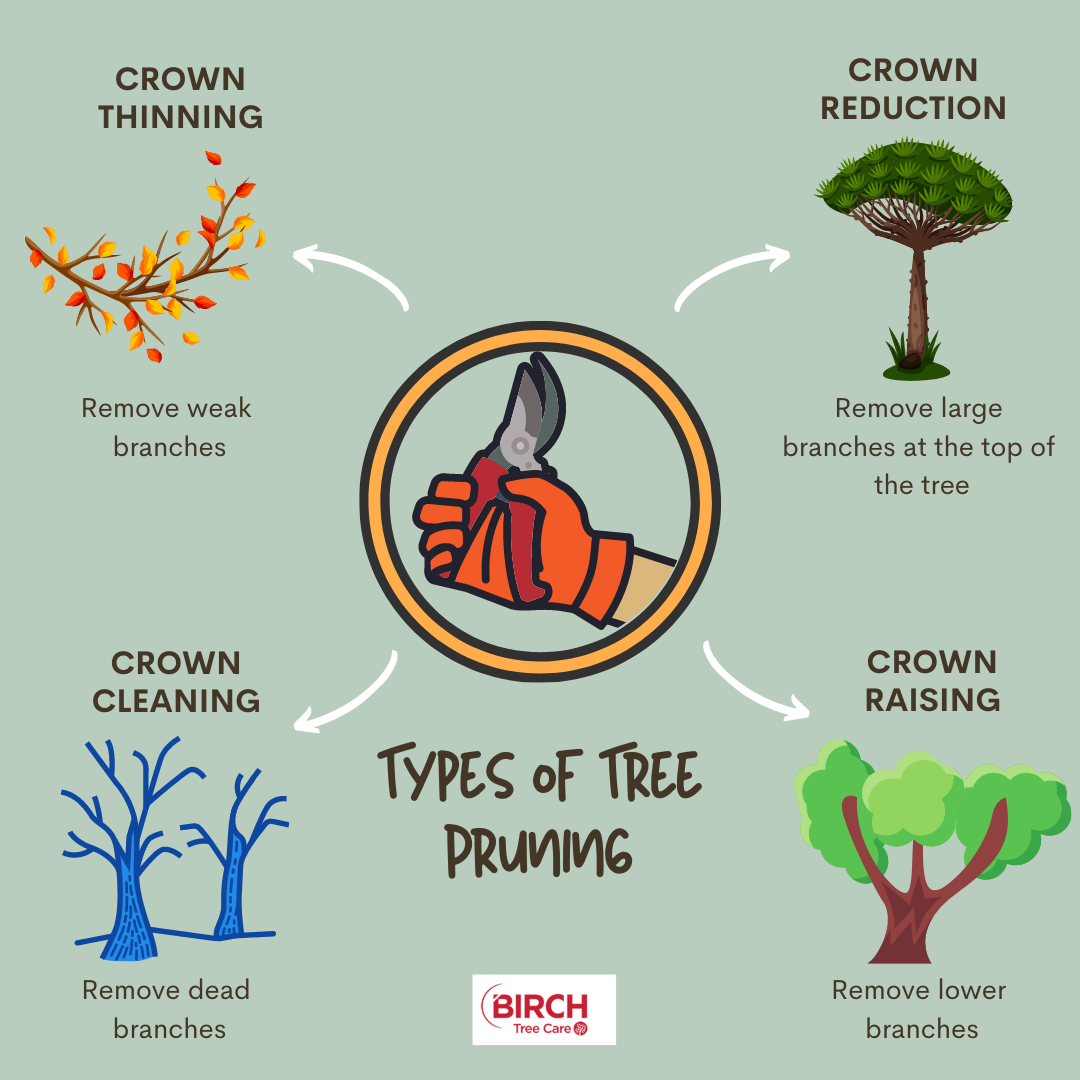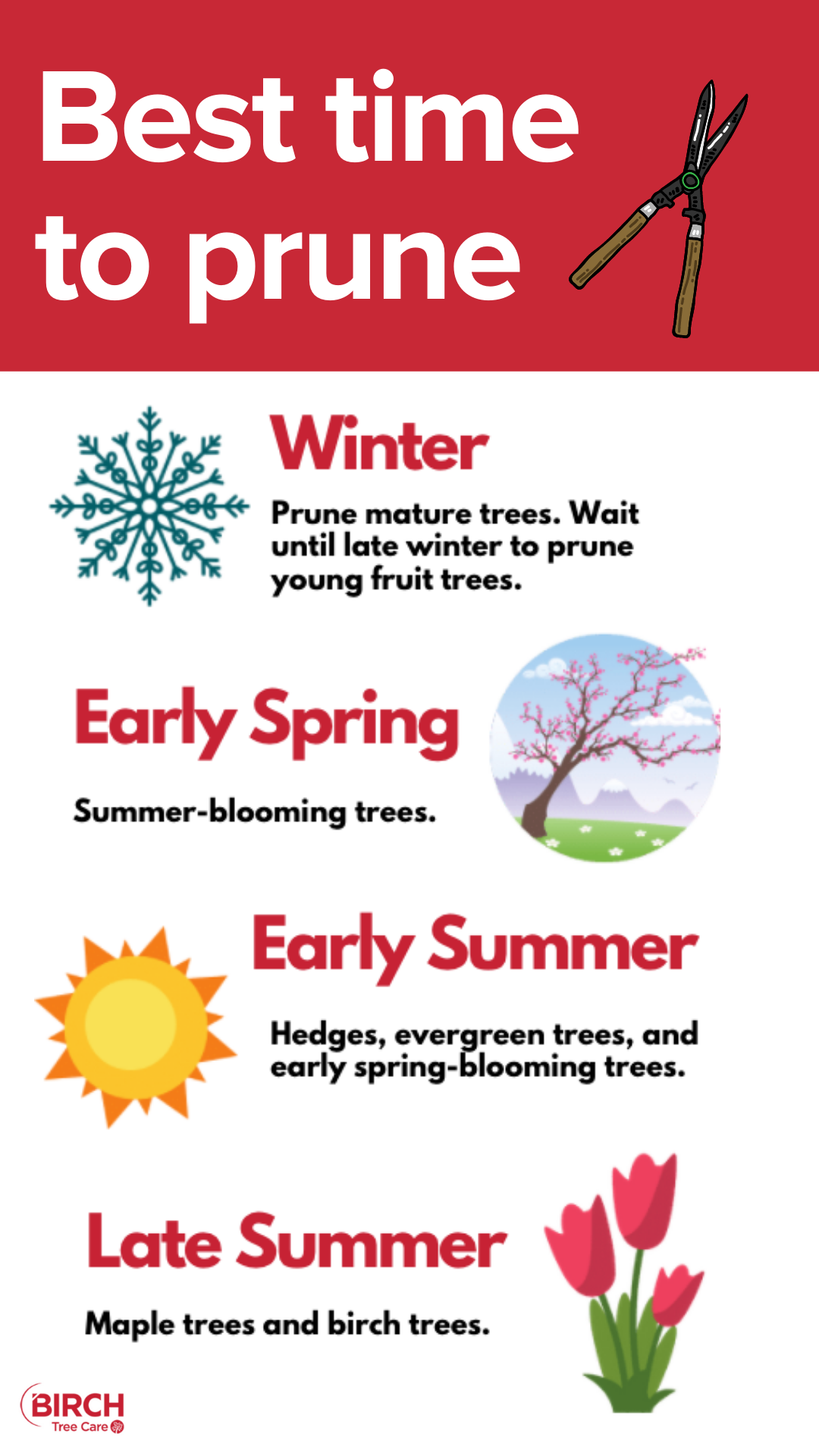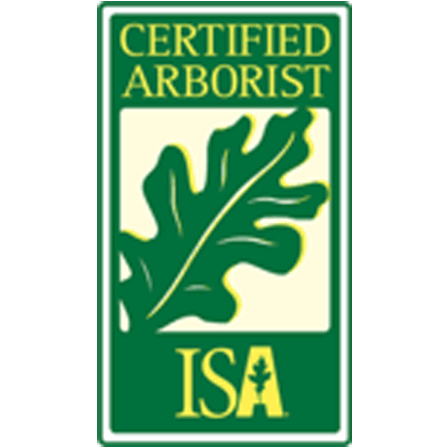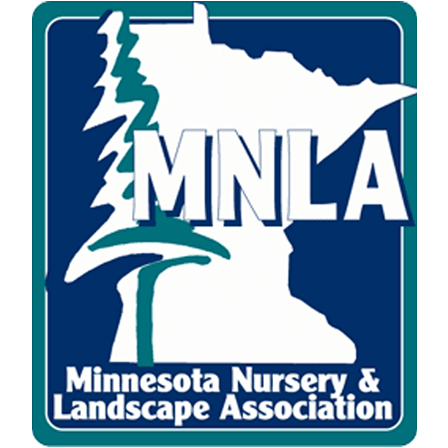With autumn in full swing and leaves shedding everywhere, it’s time to inspect your trees and make sure they’re doing okay. Take advantage of the slower, dormant months to prune any declining branches that need to be removed. This is the best time of the year to trim your trees, but with the dormant season comes a cold winter. So, if you don’t want to step out from the warmth of your living room fireplace, we get it. Our trained arborists will be happy to assist you in ensuring your trees thrive through the chill of winter and burst into life with the advent of spring.
Why Pruning Matters
Tree pruning is important for several reasons. It ensures the healthy growth of trees and the safety of people around them. If done properly, pruning encourages fruiting and flowering, regulates size, and fosters an environment conducive to vitality. Pruning trees opens up the canopy to let light and air filter in to reduce the risk of disease and help minimize the risk of failure. It fortifies structural integrity, ensuring your trees stand tall for generations to come. So, bring out your gloves and let’s get to work.
Signs it’s Time to Prune
If you’re looking at your trees and trying to identify whether or not they need to be pruned, there are a number of signs to look out for. Keep an eye out for these telltale indicators signaling the need for pruning:
Dead or dying branches and leaves
Trees growing too close to your home or to your neighbor’s property
Trees growing near or encroaching on electrical wires
Branches rubbing each other, causing friction or inhibiting growth
Weak limbs on the trees
If you have one of these problems, the next step is to ensure you’re pruning your trees correctly. If you have one of these problems, the next step is to ensure you’re pruning your trees correctly.
Pruning Protocols
When it comes to pruning, precision is very important. There are different ways one should prune their trees depending on what they’re pruning – twigs, small branches, or larger branches.
How to prune small branches and twigs:
Hand tools are enough to prune small branches and twigs. Always cut the branches ¼ inches above a bud that is facing outside of the plant. This promotes new growth.
How to prune larger branches of the tree:
It is important to cut the branch 3-4 times in this process. Correctly pruned tree branches form a callus after they are cut. This callus is essential in tree growth. This is why pruning trees properly is a very skilled job and requires focus. The first cut should be around 18 inches from the trunk. The second should be an inch further away and should be cut until the branch breaks off. The last two cuts are more precise and require severing the branch while leaving the branch collar in place. This allows the wound to seal well.
Timing is vital when it comes to tree pruning. Doing it at the wrong time of year can affect plant growth and health. Use the schedule below to learn the best times to prune and what you should avoid when pruning.
Read Our Other Blogs
Now that you know the best time to prune your trees, identify which trees require trimming and get started. However, remember that there is a right way to prune, and you could end up doing something wrong if you’re not confident in your skills. If you want to get the job done safely, we’re here to help you with our tree service. Give us a call and our certified arborists will be on their way!









